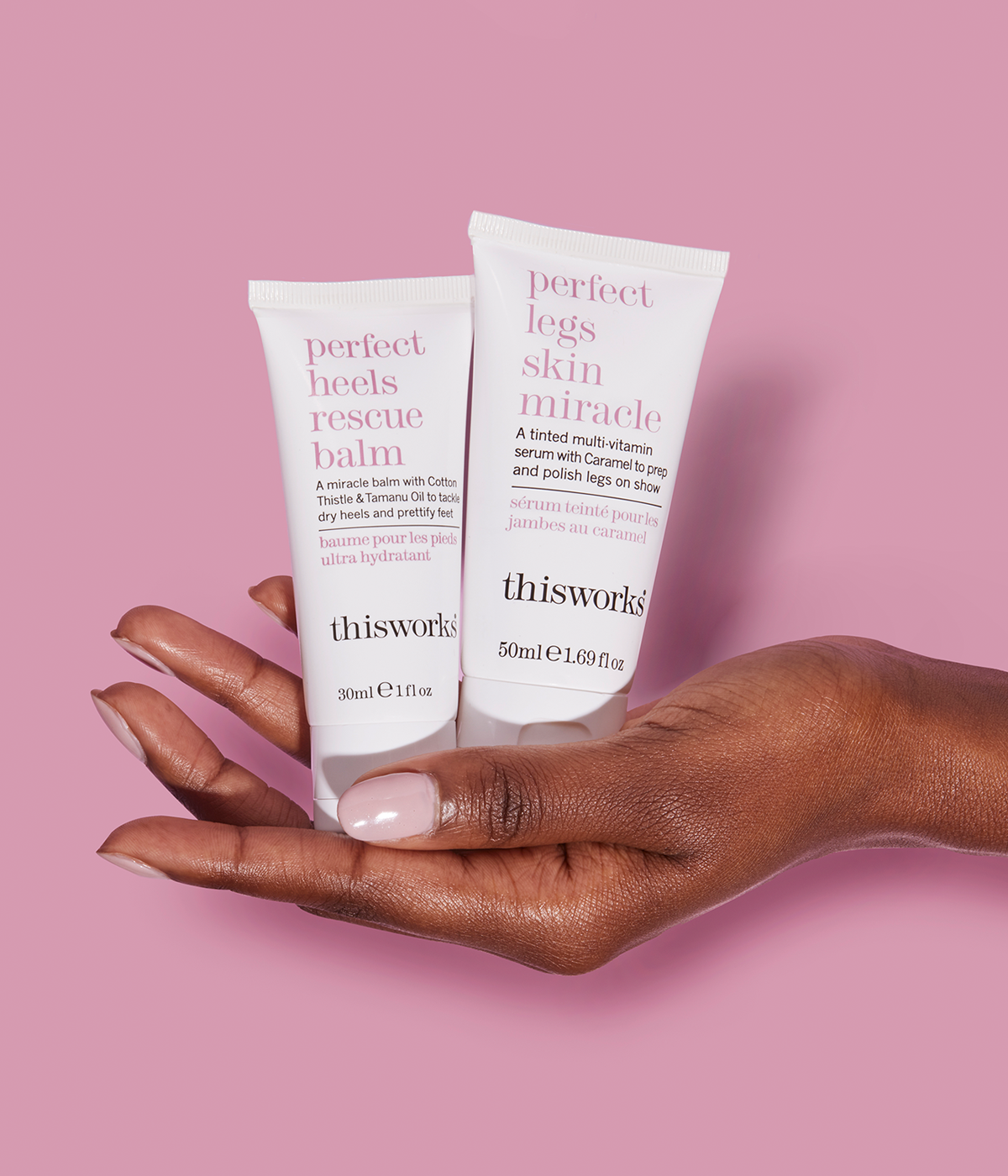The dopamine release is known as a dopamine spike. The dopamine is then taken up by neurons or broken down by enzymes, which causes the level of dopamine in the brain to return to its normal, resting level. This process is known as the dopamine release cycle, and it is an important part of the way the brain regulates dopamine levels. Over time, the brain can adjust the sensitivity of neurons to dopamine, which can affect the amount of dopamine that is released in response to a given stimulus.2,3,4
The rate of this change in dopamine transmission is important in the type of behaviour that is desired, studies investigating dopamine release rates in animal studies found that fast (phasic) dopamine fluctuations are thought to support learning whereas slower (tonic) dopamine changes are involved in motivation.5










